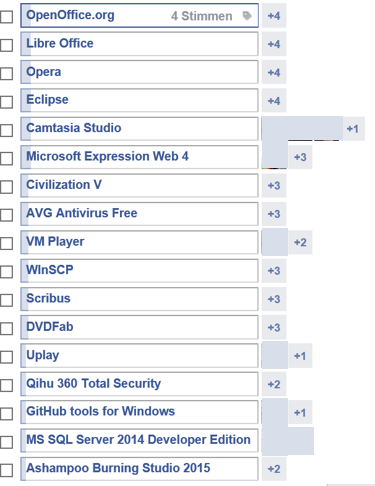

- #European commission microsoft onedrive teams how to#
- #European commission microsoft onedrive teams code#
- #European commission microsoft onedrive teams download#
#European commission microsoft onedrive teams code#

Using your browser while you are signed into Microsoft 365, navigate to a special web address to obtain an authorization code for your application.(You will need to sign in with your Microsoft 365 credentials, which might be your primary organization credentials if you have single-signon with Active Directory.) Register a new client application at the Microsoft Azure Portal.Fortunately, these need to be done just once, or at least infrequently. This requires several setup steps, a few of which cannot be automated. When we're writing SAS programs to access Microsoft OneDrive or SharePoint, we're actually writing a third-party app. Joseph Henry does a great job of deconstructing OAuth2 - with code samples - in this SAS Global Forum paper. If you're accustomed to the simpler style of just user/password authentication (ah, those were the days), OAuth2 can be intimidating. Microsoft 365 uses an OAuth2-style authentication flow to grant access and permissions to third-party apps. Using SAS with Microsoft 365: an overview You will still need to complete Step 1 and Step 2 as described in this article, but after that the macros help with tasks such as navigating/exploring your Microsoft 365 files, downloading files, and uploading new or updated files to SharePoint Online or OneDrive. I've also added a new project on GitHub with SAS macros to automate the most common tasks. And I also recorded a 25-minute video (posted on SAS Support Communities) that shows all of the steps that I followed.

I wrote a comprehensive paper for SAS Global Forum 2020. Note: I've updated this article several times to include detailed steps and "gotchas." I've added use cases for SharePoint Online and Microsoft Teams. He also regularly adds new features to PROC HTTP that make it a more natural fit for calling REST APIs that require special authentication flows, such as OAuth2. Joseph did the heavy lifting for putting together the code and examples in this article. Note: All of this assumes that you already have a Microsoft 365 account - perhaps provisioned by your IT support team - and that you're using it to manage your documents.īy the way, if what you really want to do is manage SAS content within your Microsoft 365 applications with "point-and-click", then check out SAS for Microsoft 365, which you can use to work with SAS Viya content in your favorite Office apps.īefore I go on, I have to give major credit to Joseph Henry, the SAS developer who maintains PROC HTTP.
#European commission microsoft onedrive teams how to#
In this article, I'll show you how to use SAS programs to reach into your Microsoft OneDrive (or SharePoint Online) cloud to read and update your files. It also adds some exciting possibilities! The Microsoft 365 suite offers APIs to discover, fetch, and update our documents using code. Oh joy.įor those of us who use SAS to read and create Microsoft Excel documents, cloud-based files can add an extra wrinkle when we automate the process. I can update now my spreadsheets while waiting in the dentist office. It's not yet a complete replacement for having local files on your desktop machine, but with cloud storage and apps - like Microsoft OneDrive - I can now access my work documents from any browser and any device, including my smartphone. If your work environment is like ours here at SAS, you're seeing more of your data and applications move to the cloud.


 0 kommentar(er)
0 kommentar(er)
